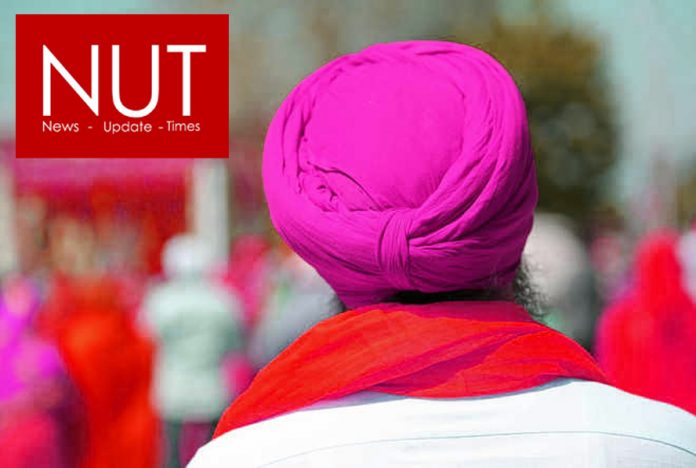Blogger: Arshad Meraj
In historical perspective, the entire Punjab of subcontinent was rules by sovereign powers in the form of Royal family Rajas, Kings, Sultans and Nawabs having power slot and controlling authority in Delhi (now in India).
After Mughals’ decline and weakened pivotal power, the peasant of Punjab whose economic condition was pathetic at that time, started rebellion against scattered principalities of subcontinent by joining Sikh Missls/Jathas (groups) to make the both ends meet. For alleviation of poverty the Punjab peasant resorted to looting and bounced back with full forces and revengeful acts after a long period of deprivation. Despite centuries-old land labour, the Punjab peasant could not get its proper share to rid of poverty.
After Mughals decline and start of ‘Sikha Shahi’ period (the time when Punjab remained under the iron hands of three Sikhs which is considered the darkest period having mismanagement, unrest and panic.
However, the Punjab peasant kept on fighting. If we explore the history we find many heroes and regional movements in Punjab, from Mughal to British Empire, for freedom to cultivate the mother land freely with peace and meet with poverty. Worth-mentioning are:
Dullah Bhatti
Born in Pindi Bhattian in 1547 in Sandal Bar area during Mughal Empire of Akbar the Great and buried at Miani Sahab graveyard in Lahore in 1599. Actually his name was Abdullah Bhatti but in Punjab old songs he is famous with the name Dullah Bhatti, the ‘Son of Punjab Soil’. His ancestors were Zamindars. He led a revolt against Mughal Empire in late 16th century. His efforts proved fruitful and he succeeded in exempting the area of Bari Doab from unjust demands and levy of taxes on local land owners.
‘Pagri Sambal Jatta’
This movement was launched in Punjab during British Raj by renowned hero Baghat Singh’s uncle Sardar Ajit Singh Sanhu in 1907 against so-called Green Revolution which curtailed Punjab farmers agrarian freedom. In fact the Green Revolution reforms were introduced by British Empire to boost its industrial sector in the context of Industrial Revolution and expand its authority on Salt Rang of Punjab. In 1879, the British Government built up “Upper Bari Doab Canal’ to draw water from the Chenab to draw water from Chenab to Lyallpur (Faisalabad) to set up settlements in an unpopulated area and promised the allotment of land to peasants. The peasants moved in new land but later, with enactment of new laws, the British Government captured the new lands and denied ownership rights of the peasants.
The Pagri Sambal Jatta was started with an aim to revive the Subcontinent revolution of 1857 on its 50th anniversary in 1907. At that time Pagri (Turban) was a symbol honour and dignity of a common man. The slogan’s aim was just a call ‘not let the Pagri fall’. Lala Lajpat Rai was also among the pioneer members of this movement. This movement flared unrest in Punjab (combined at that time).
Pagri Sambal Jatta founder Sardar Ajit Singh along with his right hand Sufi Amba escaped to Iran as the British Government had targeted him being a revolutionary, and lived in exile for 38 years. In March 1947, he returned to India and breathed his last on 15th August 1947, the day when colonial rule had ended.
Despite efforts on the part of above heroes, the Pagri of the Indian Punjab peasant is still shaking and unsteady while every law, rule and regulation is being be enacted to let down the dignity of Pagri and those who wear it.
A new zeal in Indian farmers’ protests (to be continued)>>>






